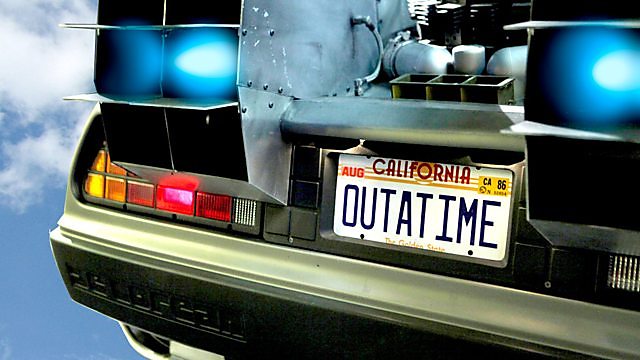
Back to the Future
Does 21 October 2015 mean anything to you? Well, film fans across the world are building up to Back to the Future Day.
Adam Rutherford is joined by The Film Programme's Francine Stock to explore the theme of time-travel - in science, in film and as film. With studio guest, science writer Marcus Chown, they discuss time-machines - as imagined by scientists and film-makers; the grandfather of all paradoxes; the notion of the multiverse and how the pioneers of cinema created their own 'time-machines' through the art of editing. And to mark Back the Future Day, otherwise known as 21 October 2015, they talk to director Robert Zemeckis about how and why he imagined a future with hover-boards but, oddly, no smart phones.
Why Norwegian Doctors Hang onto Floppy Disks
In Norway a large number of doctors are still using floppy disks, and they are clinging to older MS DOS-based electronic journals. The resulting system that employs floppy disks works very well, is cheap and efficient. But the Norwegian government plans to shut down the floppy disk option next year. We hear from Finn Espen Gundersen why some of the old guard are unhappy.
MSF President on Lessons from the Ebola Epidemic
Claudia Hammond discusses the lessons for the world of the West African Ebola epidemic with Joanne Liu, International president of Medecins Sans Frontieres. Dr Liu says that the international community responded far too slowly and countries in the regions are still vulnerable to further epidemics.
New DNA Structure
The famous Watson-Crick double helix depicts a zoomed-in structure of DNA. For the first time scientists have obtained images of the structure of tiny circles of DNA that contain about 300 base pairs – and they have found it is much more diverse and complex than they imagined.
The Musical Potential of Mogees
Mogees transforms almost any surface into a musical instrument, giving you an entire world of new creative possibilities. When stuck to an object, the Mogees sensor captures every vibration you create as you play the object. Through its recognition technology, you specify how you want to play your instrument by recording your own gestures, such as hitting, scratching or striking it in different ways. We are joined by its co-creator, Bruno Zamborlin, for a demonstration of its musical notes.
The Science Hour was presented by Jack Stewart with comments from ����ý Science Correspondent Jonathan Webb
Producer: Marnie Chesterton
Last on
More episodes
Previous
Broadcasts
- Sat 17 Oct 2015 21:06GMT����ý World Service
- Sun 18 Oct 2015 10:06GMT����ý World Service
- Mon 19 Oct 2015 05:06GMT����ý World Service South Asia
Podcast
-
![]()
Unexpected Elements
The news you know, the science you don't

